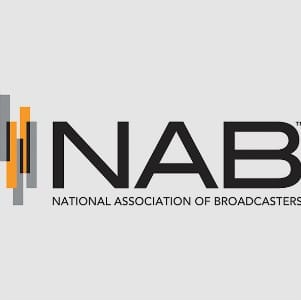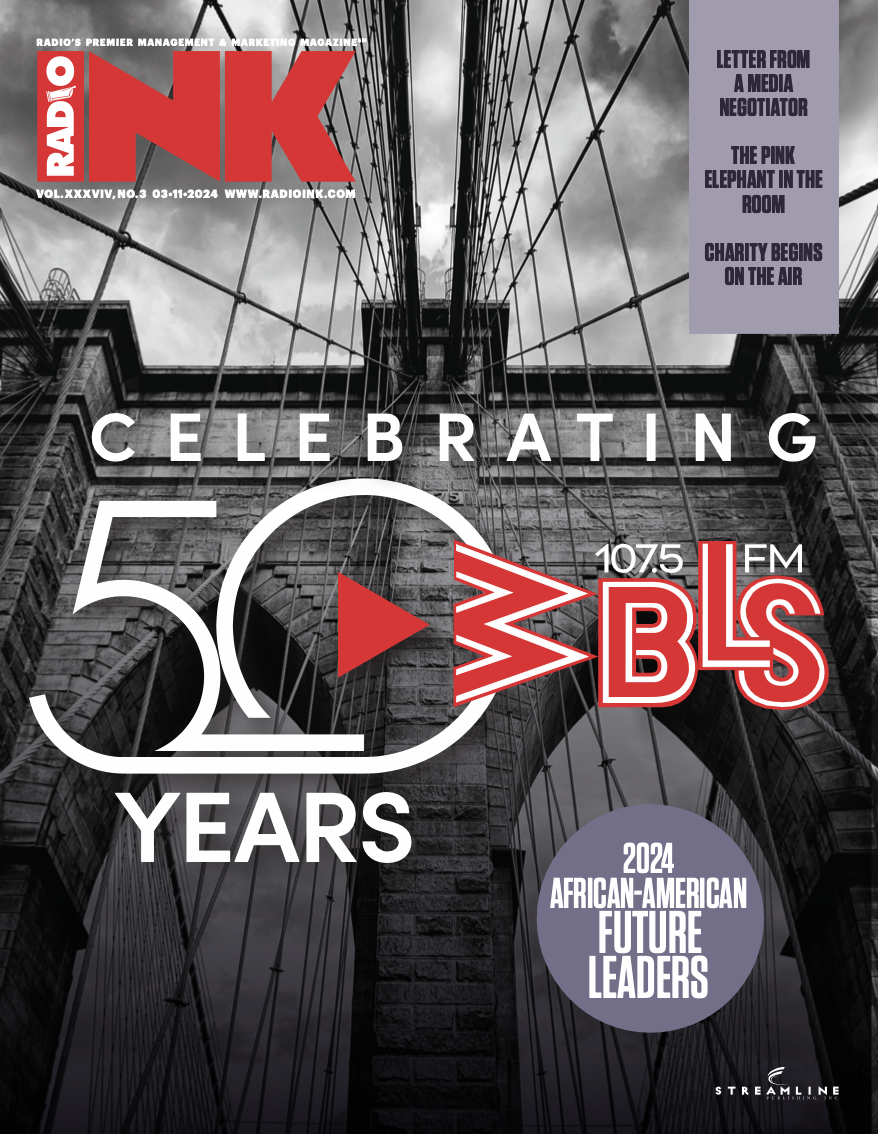
The NAB came out punching Wednesday, slamming GeoBroadcast’s plan to modify the FCC’s FM booster rule that would allow limited geo-targeted programming and advertising. In a 32-page filing, the NAB says if approved, both advertising rates and revenue will go down and minority and female owned stations will be hit the hardest.
The NAB states that “the vast majority of broadcasters” are in agreement that if The FCC allows program origination on boosters it will almost certainly drive both advertising rates and revenue down as advertisers push to purchase geo-targeted ads.
The NAB goes on to say that most station owners predict that existing advertising customers will likely substitute, rather than supplement, market-wide ads with cheaper, geo-targeted ads, which will cost stations revenue.
Minority and women-owned stations could be hardest hit if the rule is changed, according to the NAB filing, “if they cannot afford the expense of selling geotargeted ads or absorb lower advertising rates and new competition for ad dollars from the boosters of larger stations. And that means, according to the NAB, that “listeners served by minority- and women-owned stations may stand to lose the most under the proposal.”
The NAB says its also concerned about the possibility of interference and the possibility listeners could be confused about what they’re listening to.
In a nutshell, the NAB believes the GeoBroadcast’s proposal could completely undermine radios business model. Read the NAB’s comments HERE.
Connoisseur Media and Neuhoff Communications also filed comments opposed.
Urban One, Davis Broadcasting, Ohana Media Group and Riverfront Broadcasting are opposed. Small Radio Broadcaster Coalition is opposed.
Comments can be submitted until March 12 HERE.






Newspapers have ‘regional splits” and that brings in dollars from retailers who can’t afford the full price..
Sources are saying that iHeart is urging the FCC to “go slow” regarding further approvals beyond San Jose. That is, until iHeart can buy GeoBroadcast and further drive radio rates into terra firma.
A classic example of a solution in search of a problem. Also of marketing buzz-words being used to push what will prove to be a defective product.
Geo-fencing in the internet world slices the advertising audience into ever smaller fragments. Looks cheap to the advertiser, but how effective is it? Radio’s strength is that we can deliver a larger audience, with certain demographics across a broader geographic area. It is silly to think that because various groups may live in different parts of a large city these listeners are always in that small neighborhood. The East Coast model has minorities living in the inner city, and white collar workers commuting into “the city.” We’ve seen that model scrambled by the pandemic, but even before 2020 companies were moving offices to the suburbs, meaning jobs and daytime listeners were scattered all over the metro area.
Second point: This is the typical “box with lots of flashing lights” sold to clue-less GM’s at trade shows. I’ve had a booster for years, understand its strengths and weaknesses. Sure, under tightly controlled conditions the proponents of this system can get it to work in hilly areas, but I’ll guarantee it is not going to work in Chicago. A train wreck in many areas with two audio sources chattering at once.